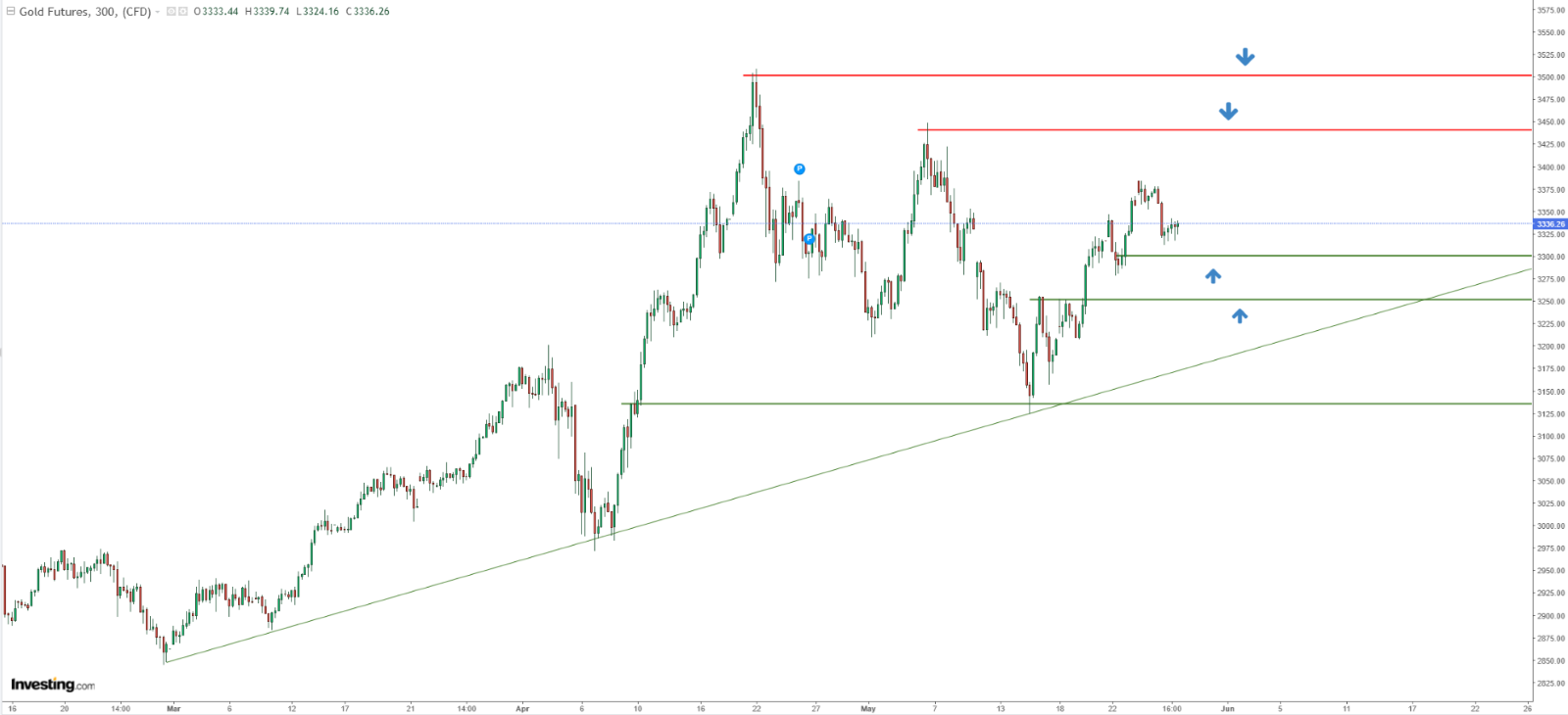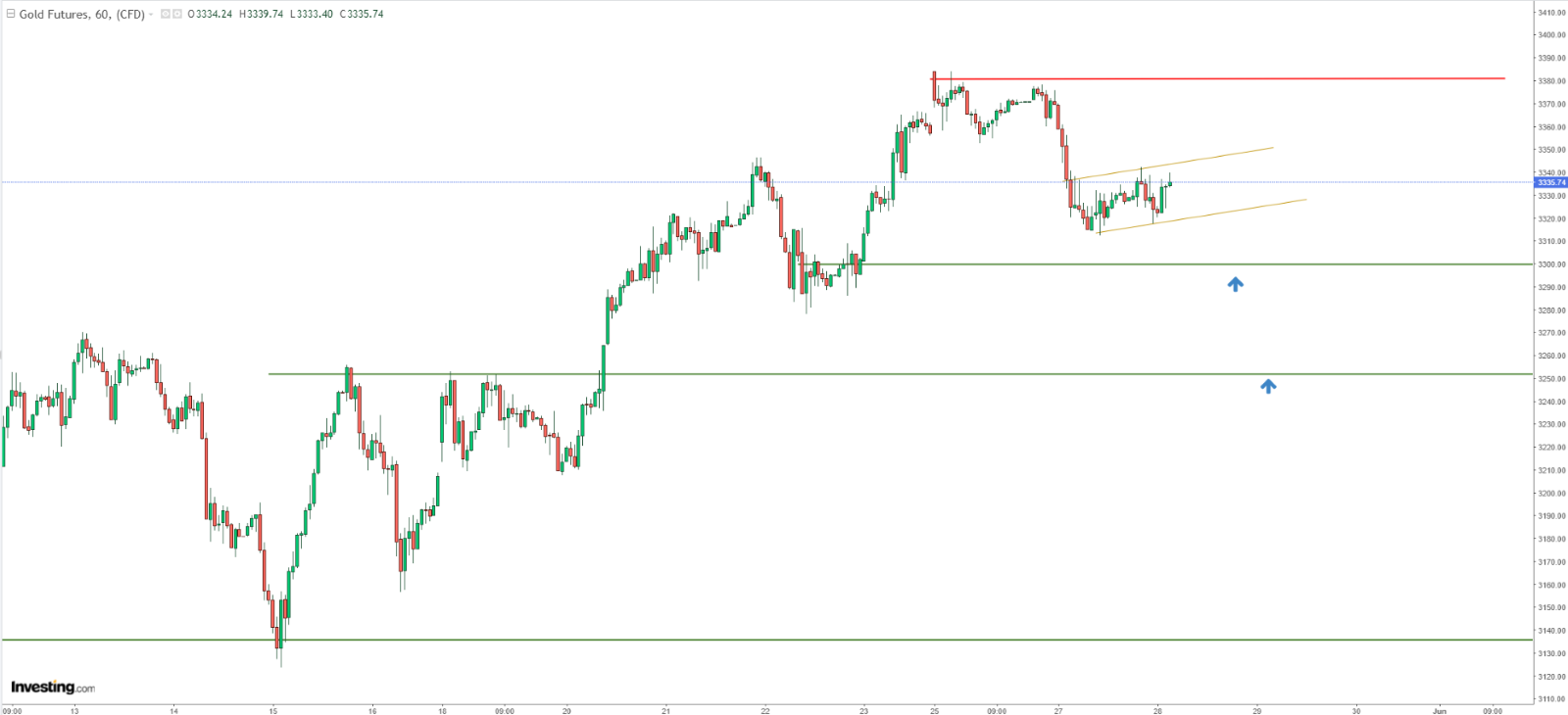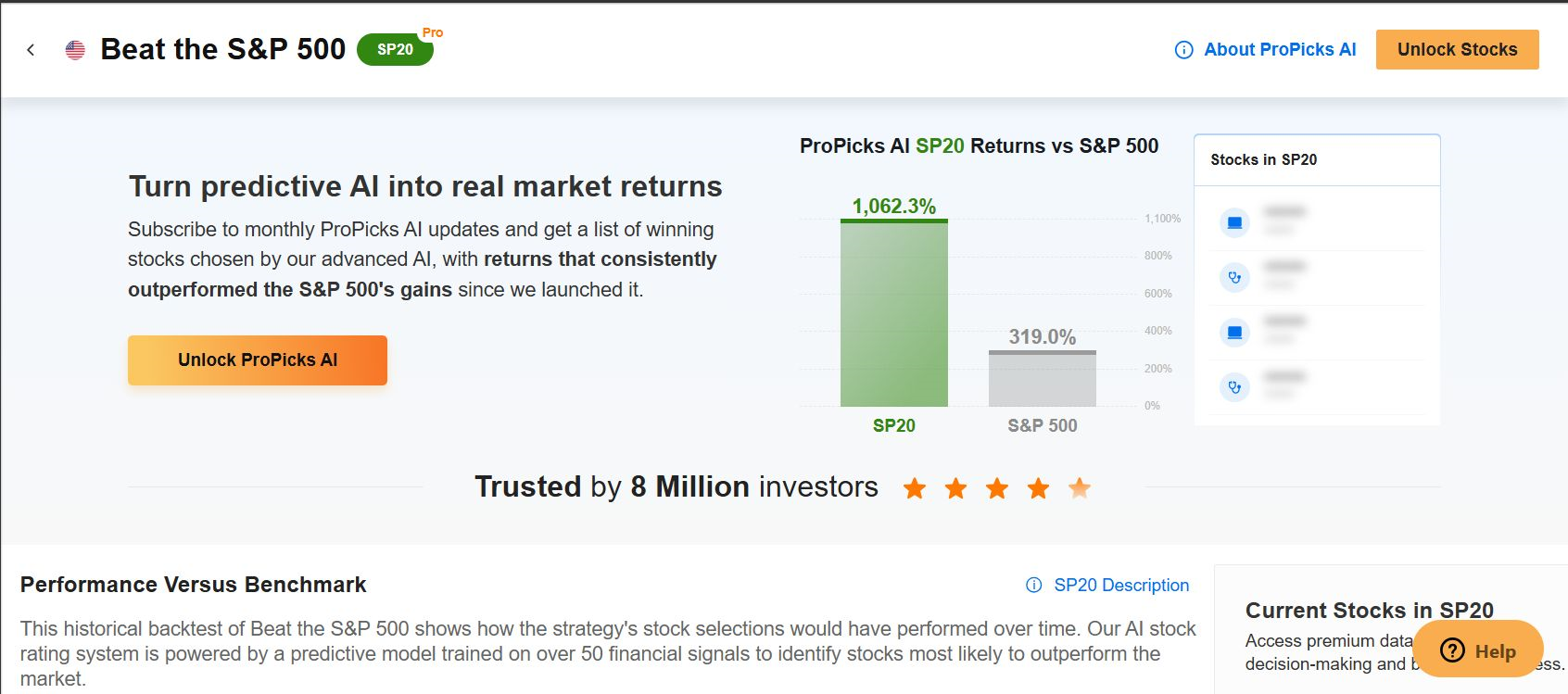TSX jumps amid Fed rate cut hopes, ongoing U.S. government shutdown
- Tariff tensions and policy shifts continue to drive short-term moves in gold prices.
- Rising debt and fiscal uncertainty could support gold despite higher bond yields.
- Key levels: break below $3300 may extend losses, but above $3380 signals recovery.
- Looking for actionable trade ideas to navigate the current market volatility? Subscribe here to unlock access to InvestingPro’s AI-selected stock winners.
In recent weeks, gold prices have mostly followed news about the ongoing tariff war, which keeps changing quickly. Lately, tensions between the US and China have eased a bit, with some tariffs being reduced. But at the same time, the situation with the European Union has become more tense. For now, the planned increase in tariffs on EU goods to 50% has been delayed until July 9, putting us in a temporary period of calm.
Gold prices have bounced back slightly in the short term, but there is no strong signal that the long-term upward trend is ending. Investors might see these short-term dips as chances to buy at better prices.
Will Rising Debt and Spending Support Gold Prices?
One major event this week that could impact the US economy—and indirectly affect the US Dollar and gold—was Moody’s decision to lower the US credit rating from AAA to AA1. While this downgrade was expected in the short term, it may have longer-term effects on gold prices.
The main reason for the downgrade is the government’s loose fiscal policy, with no clear plan to reduce spending or increase revenue. A new tax and spending bill has recently been passed that cuts taxes but increases spending on areas like defense and illegal immigration. Conservative estimates suggest this law could add $3.8 trillion to the national debt. This growing debt and lack of fiscal discipline could influence investor confidence and, over time, support higher gold prices.
On one hand, rising yields on long-term US government bonds are generally negative for gold prices. However, the growing government debt and the risk of rising inflation may still support demand for gold in the long run.
In the short to medium term, interest rates set by the Federal Reserve play a key role in shaping the value of US Treasury bonds, the US dollar, and gold. Since the Fed’s last meeting, expectations for the first rate cut have moved to September.
Also, markets now expect only two cuts this year, down from three expected last month. This shift supports the view that gold’s recent upward momentum may slow for now. Still, much of this has already been priced in by the market, and investors are now waiting for new signals to determine the next direction.
Gold’s Technical Analysis
For a little over a month, gold prices have been going through a broad correction within the larger upward trend. The recent low was just above $3100 per ounce. Right now, gold is in a recovery phase, with the next target around the previous highs near $3450 per ounce.

In the short term, we can clearly see a recent downward move. Combined with the developing price channel, this could lead to a further drop. If the lower edge of the flag pattern is broken, gold may head toward the support zone around $3300 per ounce.

If the $3300 support zone is broken, the next target for sellers could be around $3250 per ounce. On the other hand, if the price moves above $3380, it would likely cancel the chance of a deeper correction.
****
Be sure to check out InvestingPro to stay in sync with the market trend and what it means for your trading.
Whether you’re a novice investor or a seasoned trader, leveraging InvestingPro can unlock a world of investment opportunities while minimizing risks amid the challenging market backdrop.
Subscribe now and instantly unlock access to several market-beating features, including:
- ProPicks AI: AI-selected stock winners with a proven track record.
- InvestingPro Fair Value: Instantly find out if a stock is underpriced or overvalued.
- Advanced Stock Screener: Search for the best stocks based on hundreds of selected filters and criteria.
- Top Ideas: See what stocks billionaire investors such as Warren Buffett, Michael Burry, and George Soros are buying.

